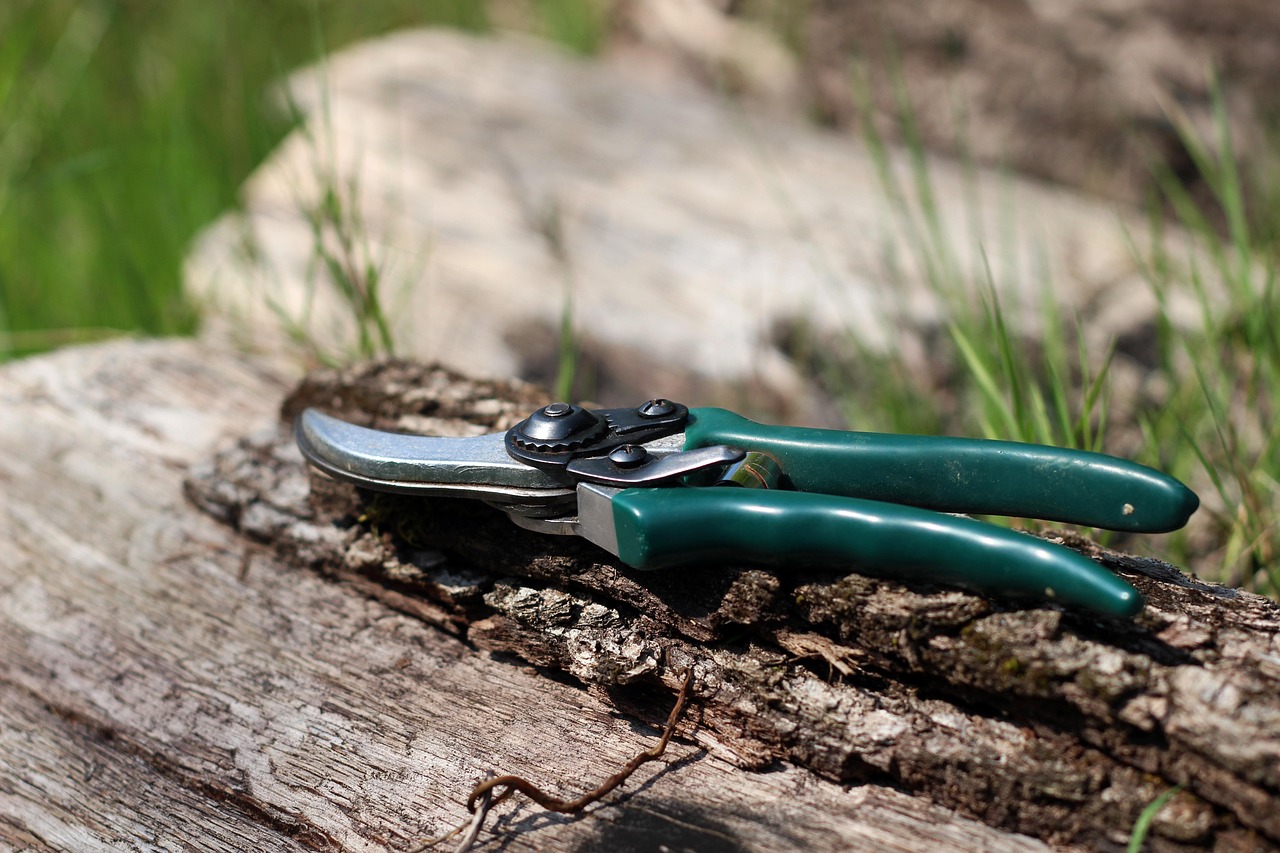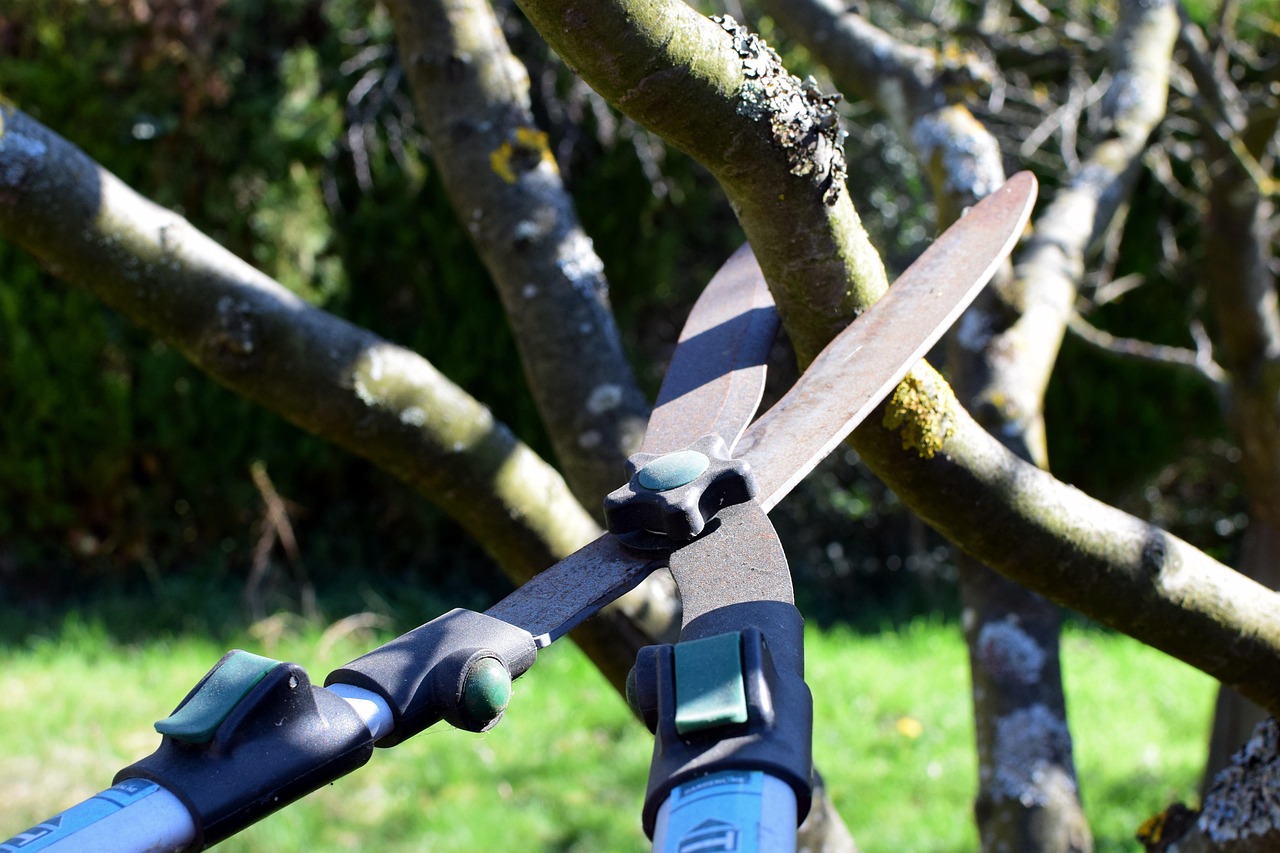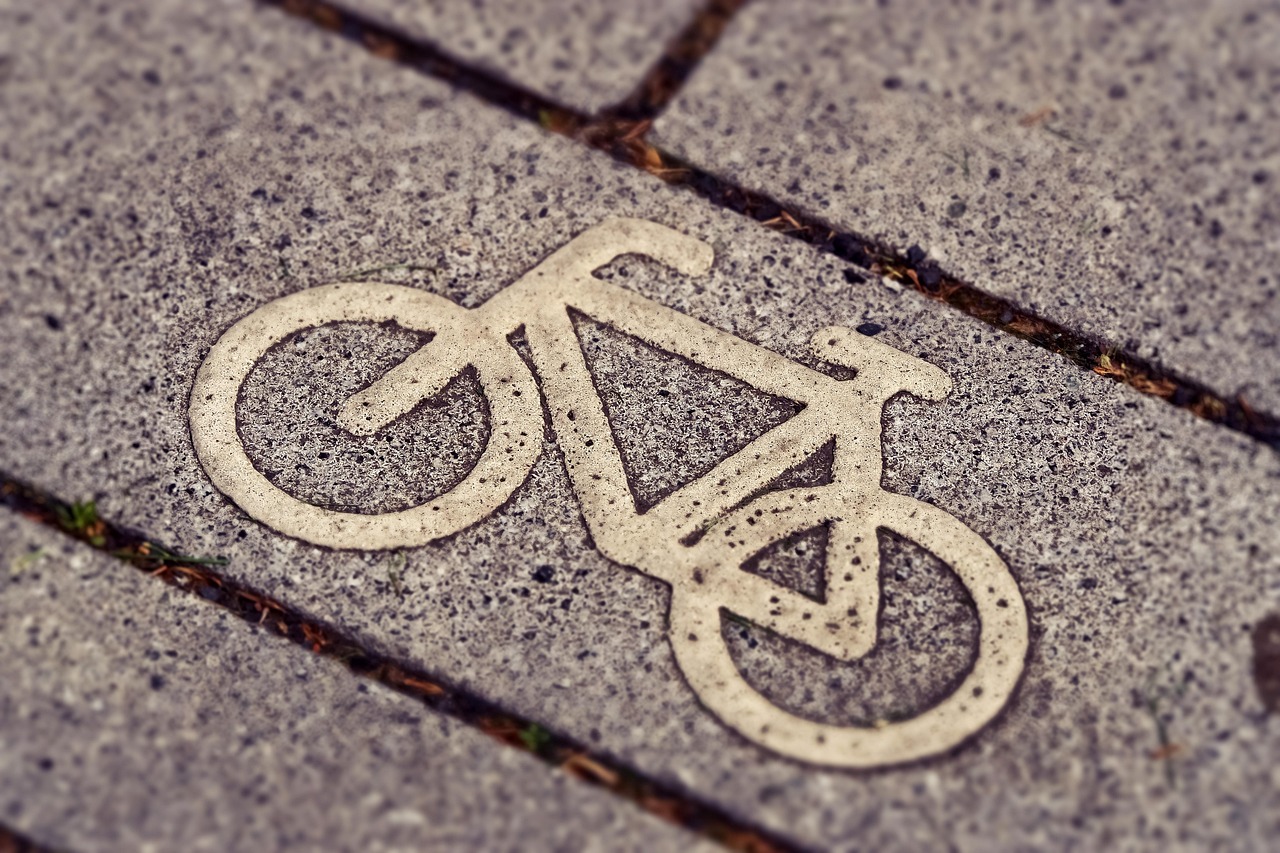Pruning is a vital practice for backyard fruit farmers. It enhances fruit quality, promotes healthy growth, and helps control pests and diseases. Proper pruning techniques can lead to more fruitful and manageable trees and plants.
For those who engage in backyard fruit farming, understanding the importance of pruning can significantly impact the yield and quality of produce. Pruning refers to the selective removal of certain parts of a plant, such as branches, buds, or roots. This process not only shapes the plant’s structure but also encourages better air circulation and sunlight penetration. Both of these factors are essential for healthy fruit development.

Many new fruit farmers may feel overwhelmed by the thought of pruning. However, with a few key techniques and a basic understanding of plant biology, anyone can learn to prune effectively. Seasonal timing, appropriate tools, and specific techniques vary based on the type of fruit trees or plants being cultivated. Thus, it is essential to tailor your approach according to your specific needs.
Understanding the Basics of Pruning
Before diving into specific techniques, it’s crucial to grasp some fundamental concepts about pruning. The main goals of pruning include:
- Improving sunlight exposure for the fruit.
- Enhancing air circulation within the foliage.
- Controlling plant size and shape.
- Removing dead or diseased wood.
- Encouraging new growth for future harvests.
By focusing on these goals, backyard farmers can ensure that their fruit plants remain healthy and productive throughout the growing season. The timing of pruning is equally important, as it can vary depending on the species of fruit being grown. Typically, pruning is done during dormancy in late winter or early spring before new growth begins.

Common Pruning Techniques
There are several standard techniques that every backyard fruit farmer should know. Each method serves a specific purpose and can be adjusted based on individual plants and desired outcomes.
Crown Thinning
Crown thinning involves removing select branches to allow more light into the center of the plant. This method promotes healthier fruit production by ensuring that sunlight reaches all parts of the tree. A well-thinned crown will produce better quality fruit with improved flavor.
Crown Reduction
Crown reduction is essential for managing the height and spread of a tree. This technique involves shortening branches to reduce overall size while maintaining the tree’s natural shape. It is particularly useful for trees that have grown too large for their space.

Heading Cuts
Heading cuts are made to shorten branches by cutting them back to a bud or lateral branch. This technique encourages bushier growth and can help stimulate new shoots that will produce fruit in later seasons. Heading cuts should be performed carefully to avoid excessive stress on the plant.
Renewal Pruning
This method targets older plants that have become unproductive over time. By removing a significant portion of older branches, renewal pruning encourages new growth and revitalizes the plant’s productivity. It is essential to carry out this technique gradually over several seasons to avoid shock to the plant.
Essential Tools for Pruning
Having the right tools makes pruning easier and more effective. Here are some essential tools every backyard fruit farmer should consider:

| Tool | Description | Use |
|---|---|---|
| Hand Pruners | Small cutting tool for precise cuts. | Ideal for small branches up to ¾ inch thick. |
| Loppers | Long-handled pruners for larger branches. | Best for branches up to 1 inch thick. |
| Saw | Used for cutting larger limbs. | Effective for branches thicker than 1 inch. |
| Pruning Shears | For shaping and trimming plants. | Helps maintain aesthetics and encourage growth. |
| Gloves | Protective gear for hands. | Prevents injuries from thorns or sharp tools. |
Using the right tools not only makes the job easier but also ensures cleaner cuts that promote better healing for the plant. Keeping tools sharp and well-maintained is essential for effective pruning practices.
The practice of pruning may seem daunting at first, but with practice and knowledge, it becomes an invaluable skill for any backyard fruit farmer. The benefits of proper pruning extend beyond just better fruit; they enhance overall plant health and longevity. As you gain more experience, you will develop your style and preferences that suit your individual gardening needs.
Timing Your Pruning Efforts
Understanding the right timing for pruning is crucial for maximizing the health and productivity of your fruit plants. Different types of fruit trees and plants have specific seasons when pruning is most beneficial. Here are some general guidelines:
Winter Pruning
Winter pruning is often recommended for many deciduous fruit trees. During dormancy, trees conserve energy, making it an ideal time for pruning. This method encourages vigorous growth in the spring. It also reduces the risk of disease since many pathogens are inactive during colder months.
Summer Pruning
Summer pruning can be beneficial for certain species, especially to manage growth and improve fruit quality. This technique is typically used to:
- Control the size and shape of the tree.
- Encourage sunlight penetration for developing fruits.
- Remove unwanted growth that may compete with fruit-bearing branches.
Summer pruning should be done carefully. Excessive cutting can hinder the plant’s ability to produce energy through photosynthesis.
Pruning by Fruit Type
Different fruit types require unique pruning strategies. Understanding these differences can help backyard farmers achieve the best results.
Apples and Pears
For apple and pear trees, a central leader system is commonly used. This method promotes vertical growth with a strong central trunk. Pruning should focus on:
- Removing any crossing branches to prevent damage.
- Thinning out crowded areas to promote airflow.
- Shortening last year’s growth to encourage new fruiting spurs.
Citrus Trees
Citrus trees benefit from a more open canopy. Pruning should aim to:
- Remove suckers that grow from the base.
- Thin out interior branches to enhance light exposure.
- Maintain a balanced shape that allows for even fruit distribution.
Berries
Bramble fruits like raspberries and blackberries require different attention. For these plants, pruning is essential for encouraging new growth and fruiting. Key techniques include:
- Cutting back old canes after harvest to stimulate new growth.
- Thinning crowded canes to improve air circulation.
- Removing dead or damaged canes at any time during the growing season.
Common Mistakes in Pruning
While pruning can greatly benefit fruit plants, common mistakes can lead to poor results or even harm the plants. Avoiding these pitfalls is essential for successful pruning.
Over-Pruning
One of the most frequent mistakes is over-pruning, which can stress the plant and reduce fruit production. It is important to remove only what is necessary while preserving enough foliage for photosynthesis.
Wrong Timing
Pruning at the wrong time can disrupt the plant’s natural growth cycle. For example, late-season pruning can stimulate new growth just before winter, leaving young shoots vulnerable to frost damage.
Poor Tool Maintenance
Using dull or dirty tools can lead to ragged cuts, which can become entry points for disease. Always ensure tools are sharp and sanitized before use to promote healthy healing.
Post-Pruning Care
After pruning, it is important to care for your plants properly to ensure they recover well and thrive. Consider the following tips:
- Watering: Ensure your plants receive adequate water post-pruning, as they will need it for recovery.
- Fertilization: Applying a balanced fertilizer can encourage new growth. Timing should be aligned with the plant’s growing season.
- Pest Control: Monitor for pests and diseases after pruning. A healthy plant is better equipped to fend off infestations.
The Role of Pruning in Organic Gardening
For organic backyard farmers, pruning plays a vital role in maintaining plant health without relying on chemical treatments. Here are some benefits:
- Improved air circulation reduces humidity around plants, minimizing fungal diseases.
- Encouraging natural pest predators by creating a balanced ecosystem within the garden.
- Aiding in the development of strong and healthy plants that can resist pests and diseases naturally.
Incorporating regular pruning into an organic gardening plan not only enhances the quality of fruit but also promotes sustainable and healthy farming practices.
Advanced Pruning Techniques
Once you’ve mastered the basics of pruning, you may want to explore advanced techniques to enhance the health and productivity of your fruit plants. These methods can help you achieve specific goals, such as maximizing fruit yield or shaping trees for aesthetic appeal.
Espalier Pruning
Espalier pruning is a technique where trees are trained to grow flat against a wall or trellis. This method maximizes space and allows for easier fruit harvesting. Key steps include:
- Selecting a suitable tree variety that can adapt to this style.
- Choosing a location with adequate sunlight and support structure.
- Regularly trimming and tying branches to maintain the desired shape.
Espaliered trees not only save space but also create a beautiful focal point in any garden.
Pollarding
Pollarding is a more aggressive form of pruning, typically used on older trees. This technique involves cutting back the previous year’s growth significantly. It promotes dense new growth, making it useful for managing tree height and promoting fruit production. Important considerations include:
- Only pollard trees that can handle this stress; not all species are suitable.
- Timing is crucial; perform pollarding in late winter or early spring.
- Monitor the tree’s response to ensure it is recovering well.
Thinning Cuts
Thinning cuts involve removing entire branches at their point of origin rather than cutting them back. This technique helps reduce the overall density of the tree, allowing for better light penetration and airflow. Benefits include:
- Reducing the risk of fungal infections by enhancing air circulation.
- Improving the quality of fruit by allowing sunlight to reach all areas of the tree.
- Encouraging stronger growth by directing energy to fewer, healthier branches.
Recognizing Signs of Tree Health
Monitoring the health of your trees is crucial for effective pruning. Recognizing signs of stress or disease can help you take timely action. Some common indicators include:
- Discolored Leaves: Yellowing or browning leaves can indicate nutrient deficiencies or over-watering.
- Wilting: This may suggest drought stress or root problems.
- Pests: Visible insects or webbing on leaves can signal an infestation.
- Dead or Dying Branches: These should be removed promptly to prevent the spread of disease.
Pest and Disease Management Post-Pruning
After pruning, it is essential to manage pests and diseases effectively. Here are some strategies:
Monitoring
Regularly inspect your plants for signs of pests or diseases. Early detection is key to effective management. Look for:
- Chewed leaves or fruit.
- Sooty mold on leaves, indicating aphid infestations.
- Webbing from spider mites.
Natural Pest Control
Employing natural pest control methods can help protect your plants without harmful chemicals. Some effective options include:
- Beneficial Insects: Introducing ladybugs or lacewings can help control aphid populations.
- Nematodes: These microscopic worms can target soil-borne pests.
- Neem Oil: A natural pesticide that can deter various pests without harming beneficial insects.
Disease Prevention
Maintaining plant health through proper care is crucial in preventing diseases. Consider the following practices:
- Crop Rotation: Avoid planting the same type of fruit in the same location each year to prevent soil-borne diseases.
- Cleansing Tools: Sanitize your pruning tools before and after use to prevent the spread of pathogens.
- Proper Watering: Water at the base of plants during the early morning to reduce leaf wetness, which encourages fungal growth.
The Benefits of Mulching After Pruning
Applying mulch around your fruit plants post-pruning can provide several benefits. Mulching helps retain soil moisture, suppress weeds, and regulate soil temperature. Here are some key advantages:
- Moisture Retention: Mulch helps keep the soil consistently moist, which is vital for recovering plants.
- Nutrient Addition: Organic mulches, such as wood chips or straw, decompose over time, enriching the soil.
- Pest Deterrence: Some types of mulch can deter pests from reaching the plants.
Selecting the right type of mulch and applying it correctly can enhance the overall health of your fruit plants, particularly after a significant pruning session.
Additional Considerations for Pruning
While understanding the basics and advanced techniques of pruning is critical, there are several other important considerations for backyard fruit farmers. These include being aware of environmental factors, understanding tree growth patterns, and knowing when to seek professional help.
Environmental Factors
Environmental conditions can significantly influence how and when you should prune your fruit plants. Here are a few key factors to consider:
- Climate: The local climate will affect the timing of pruning. In warmer climates, trees may bloom earlier, requiring earlier pruning. Conversely, in colder regions, trees may remain dormant longer.
- Soil Health: Healthy soil promotes strong root systems, which in turn supports healthy growth. Conduct regular soil tests to ensure nutrient levels are adequate.
- Water Availability: During dry seasons, ensure that your trees receive sufficient water, particularly after pruning, to help them recover from the stress of cutting.
Understanding Growth Patterns
Different fruit trees exhibit unique growth patterns. Familiarizing yourself with these patterns can help you make informed pruning decisions:
- Growth Habits: Some trees naturally grow tall and narrow, while others spread wide. Understanding these habits allows you to prune in a way that maintains the tree’s natural shape.
- Fruit Production Cycles: Many fruit trees have specific cycles of fruit production. Pruning should align with these cycles to maximize yields.
- Response to Pruning: Some species respond vigorously to pruning, while others may struggle. Adjust your techniques based on the species you are working with.
When to Seek Professional Help
Sometimes, pruning can become complex or overwhelming, especially with larger or older trees. In such cases, consider seeking professional help from an arborist or a certified tree care expert. Signs that it may be time to consult a professional include:
- Trees that are significantly overgrown or have not been pruned for several years.
- Uncertainty about how to approach pruning without harming the tree.
- Involvement of high branches where safety is a concern.
Final Thoughts
Pruning is an essential practice for backyard fruit farmers that can lead to healthier plants and better fruit yields. By mastering various pruning techniques, understanding the specific needs of different fruit varieties, and paying attention to environmental factors, you can cultivate a thriving garden.
The benefits of pruning extend beyond just aesthetics; they contribute significantly to plant health and productivity. Regularly monitoring the health of your trees and employing effective pest and disease management strategies will further enhance your success as a fruit farmer.
Incorporating proper mulching techniques after pruning can also create a supportive environment for recovery and growth. As you continue to learn and adapt your practices, remember that each plant has its unique requirements. Tailor your approach based on experience and observation.
With patience and dedication, you can enjoy the fruits of your labor—literally! Pruning not only helps establish a more productive garden but also deepens your connection with nature as you nurture your plants through their growth cycles.
As you embark on or continue your journey in backyard fruit farming, remember that every cut is an opportunity for renewal and growth. Embrace the process, and watch as your efforts yield abundant harvests season after season.
